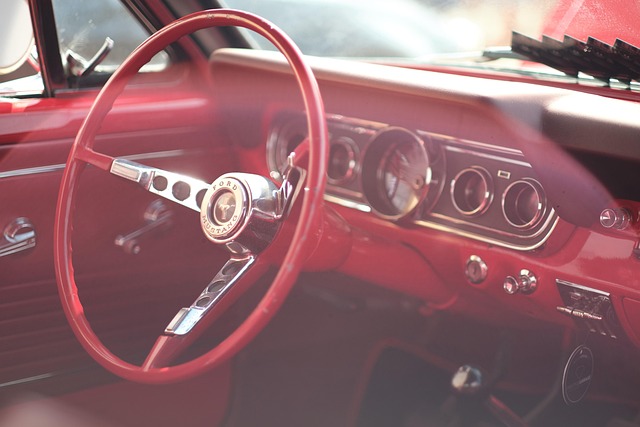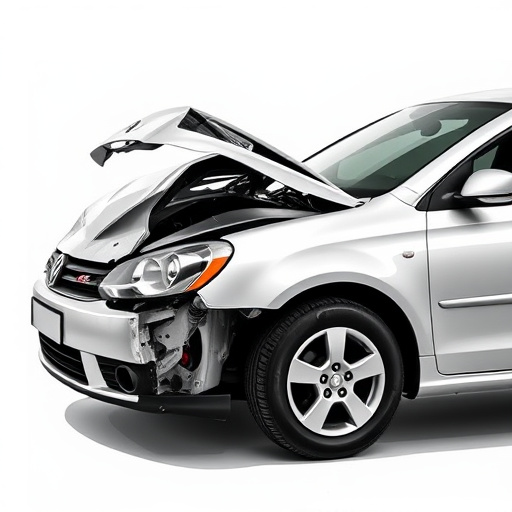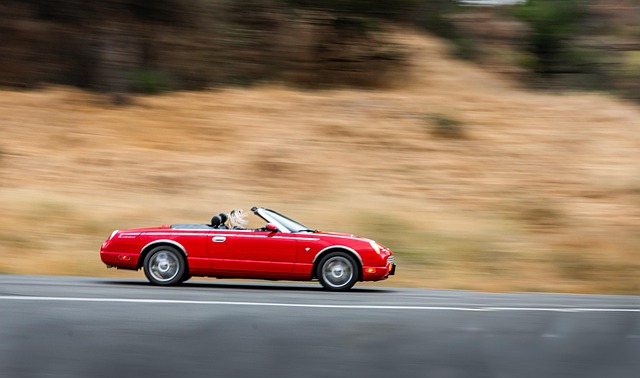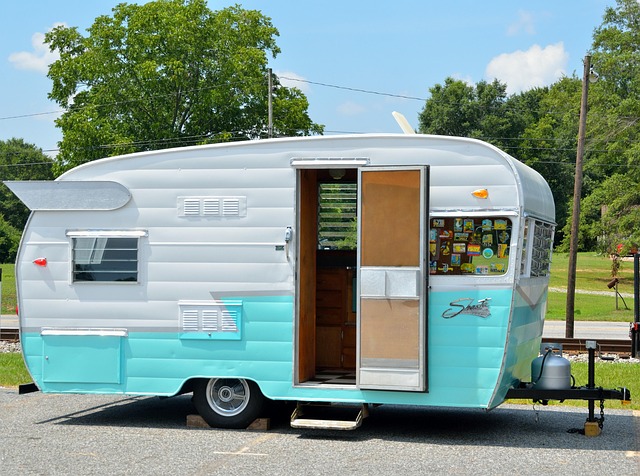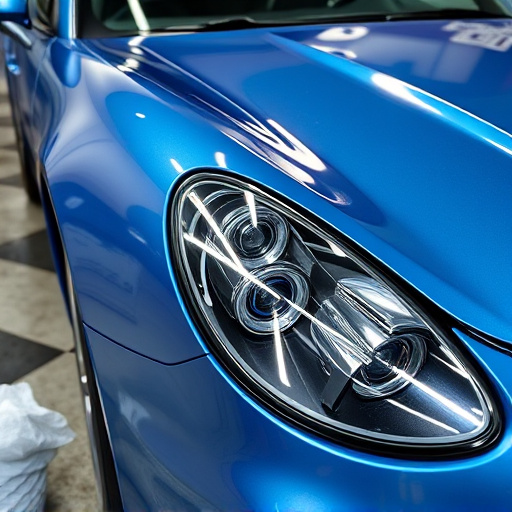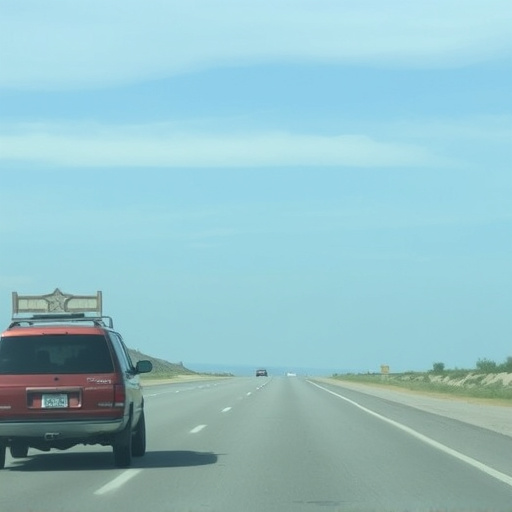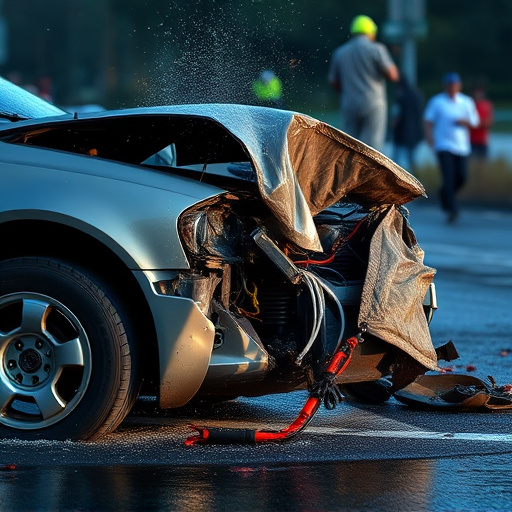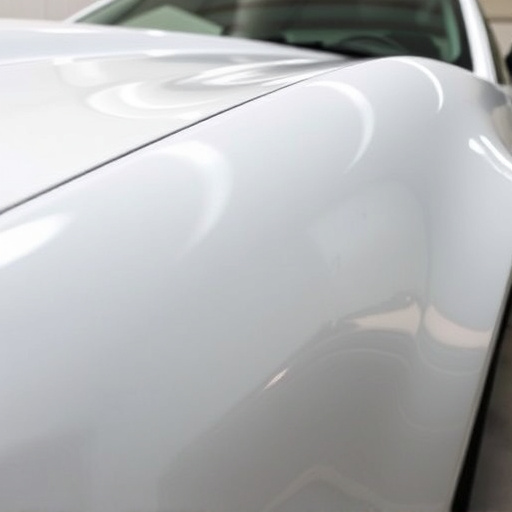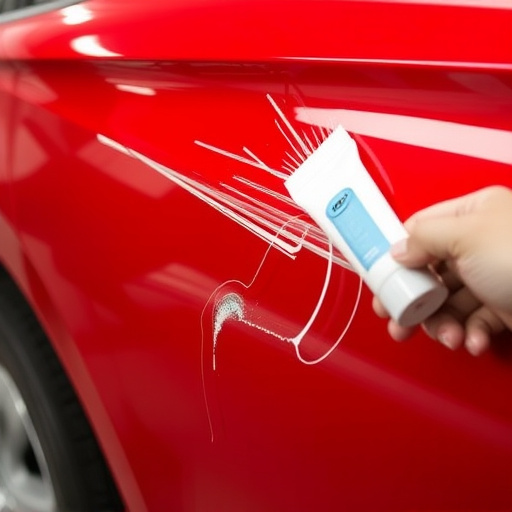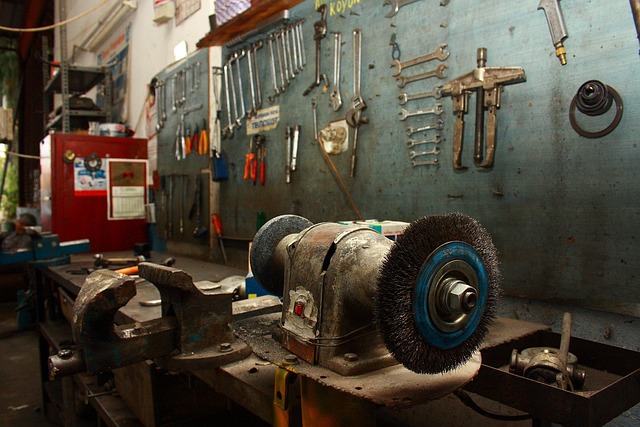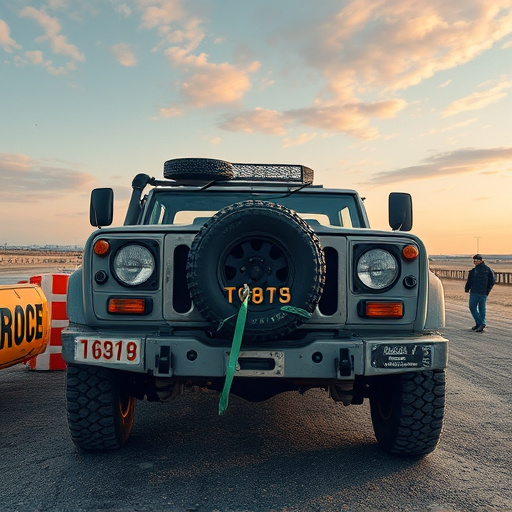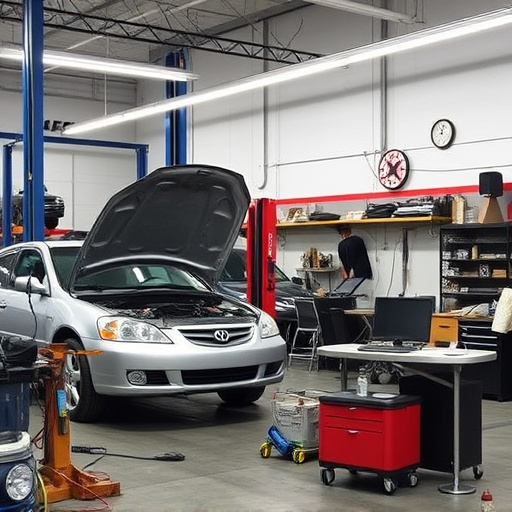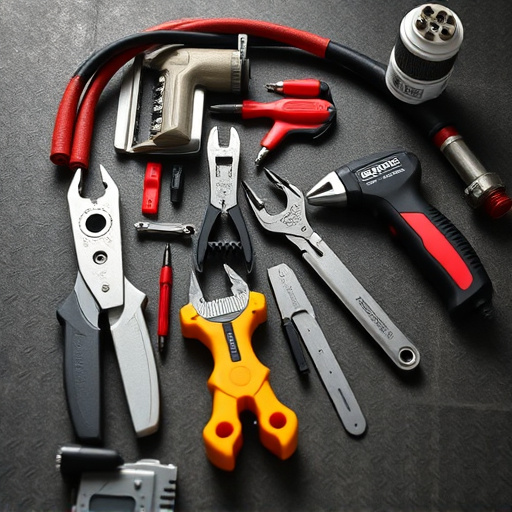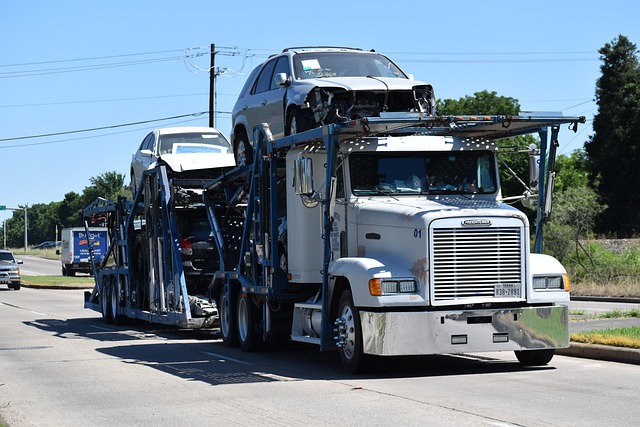Seasonal fluctuations in demand for custom auto painting require automotive businesses to adapt strategies and resources. In spring/summer, peak demand is driven by warmer weather and increased accidents; winter presents challenges from harsh weather conditions. Effective preparation includes managing workshop temperature/humidity, using suitable protective gear & equipment, and choosing appropriate paint formulas for optimal results year-round while ensuring customer satisfaction and safe working conditions.
In the realm of custom auto painting, understanding seasonal demands and adapting to variable weather is crucial. As seasons change, so do customer needs and environmental conditions. This article explores three key aspects: understanding seasonal trends in custom auto painting work, preparing your workshop for unpredictable weather, and refining techniques to overcome seasonal challenges. By delving into these topics, you’ll enhance your ability to deliver exceptional results throughout the year.
- Understanding Seasonal Demands for Custom Auto Painting
- Preparing Your Workshop and Supplies for Variable Weather
- Adapting Techniques to Match Seasonal Challenges
Understanding Seasonal Demands for Custom Auto Painting
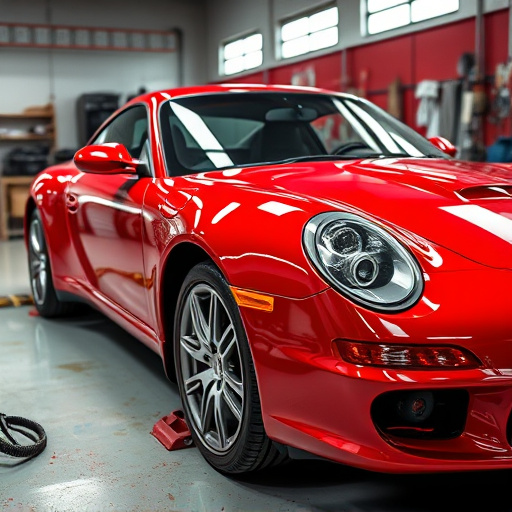
Understanding Seasonal Demands for Custom Auto Painting is a key aspect of running a successful business in this industry. The demand for custom auto painting varies throughout the year, influenced by factors like weather patterns and holiday seasons. During spring and summer months, when temperatures rise, there’s typically an increase in requests for car bodywork services as customers want to refresh their vehicles before warmer weather sets in. This period often sees a surge in outdoor activities, leading to more instances of minor accidents and damage that require auto body repairs.
Conversely, winter can be a quieter time for custom auto painting, with fewer clients seeking to modify or repair their cars. However, this season presents its own unique challenges, such as dealing with harsh weather conditions that can slow down the painting process. In light of these seasonal fluctuations, automotive repair services need to adapt their strategies and ensure they have the necessary resources to meet demand efficiently, maintaining high-quality standards in every job, regardless of the time of year.
Preparing Your Workshop and Supplies for Variable Weather
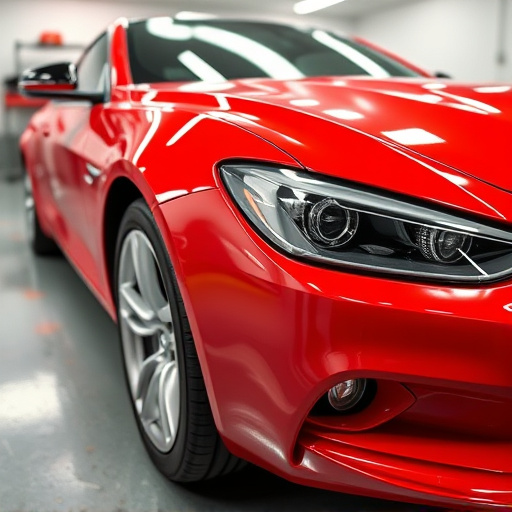
Preparing your workshop for custom auto painting involves accounting for variable weather conditions. During colder months, ensure adequate heating and ventilation to prevent paint from drying too quickly or improperly due to temperature drops. This not only ensures top-quality finishes but also protects your health while working in a confined space. Additionally, maintain a well-ventilated area, as proper air circulation is crucial for safe and effective painting, especially when using modern paints that release volatile organic compounds (VOCs).
For seasons with higher humidity or frequent rainfall, consider investing in protective gear and equipment. Water-resistant tarps, fans, and dehumidifiers can help manage moisture levels, preventing water damage to both the car and your supplies. Remember, proper preparation for weather-related challenges is an integral part of delivering exceptional custom auto painting services, ensuring customer satisfaction with long-lasting automotive restoration results. Moreover, it helps maintain a safe and efficient working environment, which is essential for offering comprehensive auto body services.
Adapting Techniques to Match Seasonal Challenges
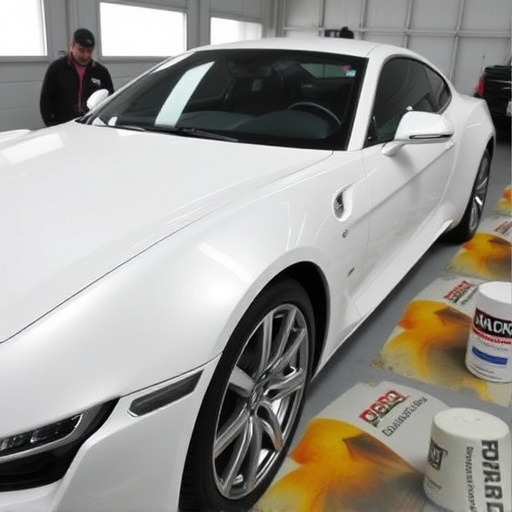
When it comes to custom auto painting, each season presents unique challenges that skilled painters must adapt to for optimal results. In spring and summer, warmer temperatures can affect paint drying times and necessitate adjustments in application techniques to maintain consistency. Humidity levels also play a significant role, as high humidity might require additional steps to prevent water spots or uneven finishes.
During autumn and winter, colder temperatures can slow down the painting process, impacting both the preparation of surfaces and the cure time of paints. Professional painters in collision repair shops or dedicated car restoration facilities need to be prepared for these seasonal shifts, modifying their techniques accordingly. This might include using faster-drying formulas, implementing special coatings, or employing heated equipment to expedite the curing process, ensuring that each custom auto painting job meets high standards regardless of the season.
In conclusion, understanding seasonal demands and adapting your custom auto painting techniques are key to success. By preparing your workshop and supplies accordingly, you can ensure consistent quality regardless of the weather. These considerations not only enhance your work but also cater to the diverse needs of clients throughout the year, solidifying your position as a top-tier custom auto painting service.
